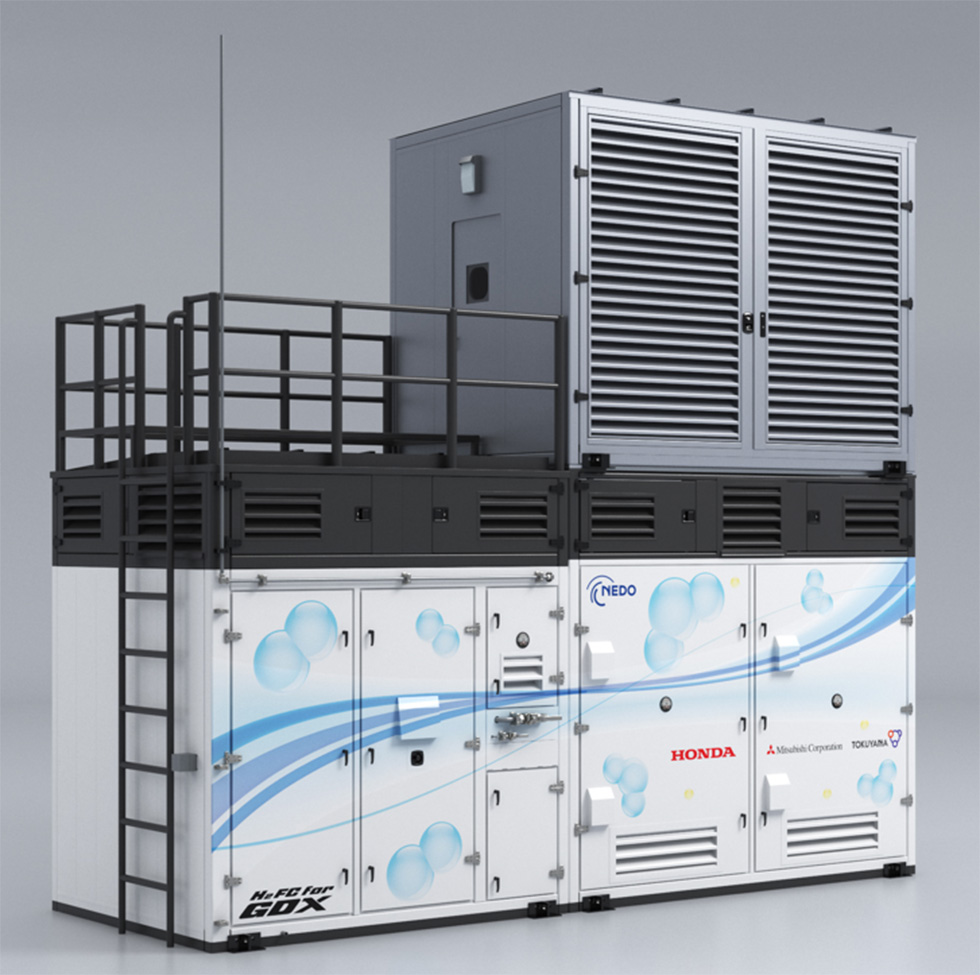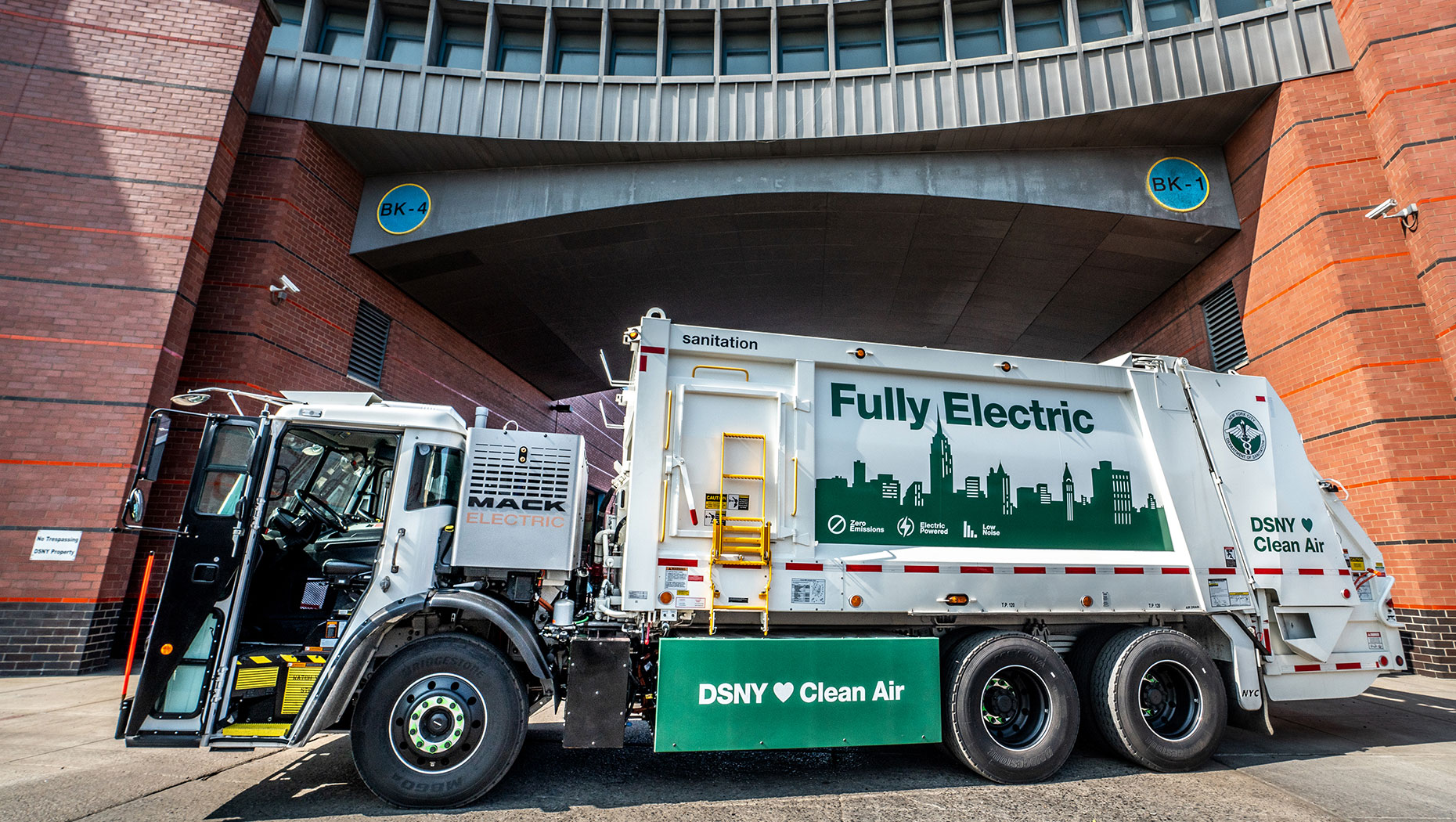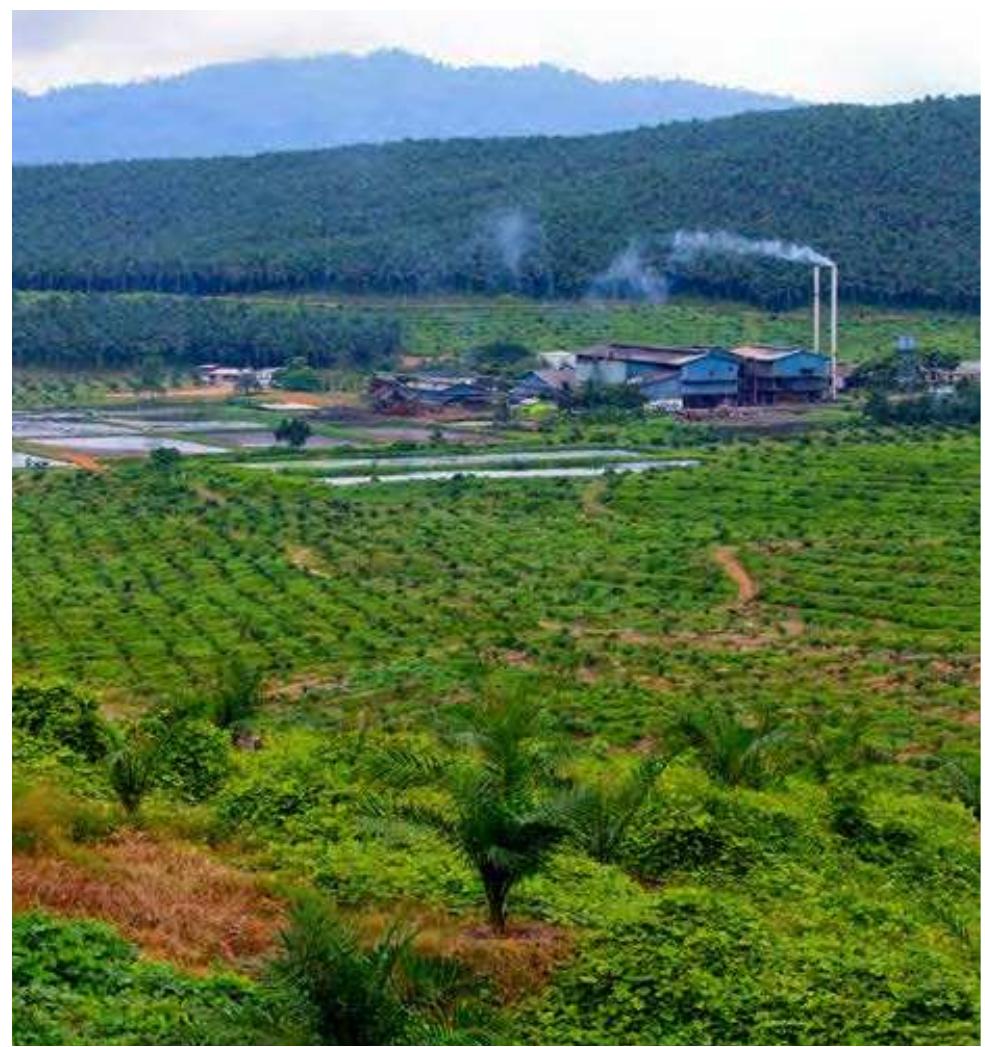Report on the Demonstration Project for a Hydrogen-Based Stationary Fuel Cell Power Station
Project Overview and Alignment with Sustainable Development Goals (SDGs)
A collaborative demonstration project has been launched in Shunan City, Yamaguchi Prefecture, Japan, by Honda, Mitsubishi Corporation (MC), and Tokuyama. The initiative, which commenced preparations in June 2023, was adopted by the New Energy and Industrial Technology Development Organization (NEDO) under its program for the “Development of Technologies for Realizing a Hydrogen Society.” The project directly supports several United Nations Sustainable Development Goals (SDGs) by integrating clean energy, innovative infrastructure, and circular economy principles.
- Honda: Developed and provides a stationary Fuel Cell (FC) power station utilizing reused fuel cells from Fuel Cell Electric Vehicles (FCEVs).
- Tokuyama: Supplies by-product hydrogen generated from its salt water electrolysis business.
- Mitsubishi Corporation (MC): Operates the distributed data center that receives the clean electricity generated by the FC station.
Contribution to SDG 7 (Affordable and Clean Energy) and SDG 13 (Climate Action)
The project is a significant step towards achieving clean and sustainable energy systems. By generating electricity from low-carbon, by-product hydrogen, it directly addresses the objectives of SDG 7. The initiative aims to decarbonize power supply, a critical action for combating climate change as outlined in SDG 13. This is particularly relevant for energy-intensive facilities like data centers, whose power demands are projected to increase with the growth of generative AI and automated driving technologies. The project serves as a model for supplying stable, clean power, thereby contributing to the “green transformation” (GX) of digital infrastructure.
Advancing SDG 9 (Industry, Innovation, and Infrastructure) and SDG 12 (Responsible Consumption and Production)
At its core, this project is an exercise in industrial innovation and responsible resource management. The primary technological focus is on establishing a circular economy model for automotive fuel cells, a key principle of SDG 12. By reusing FC systems from FCEVs for stationary power generation, the project explores methods to extend product life and reduce waste. This innovative approach is intended to verify the potential for:
- Reducing the economic burden on customers for the installation and operation of stationary FC power stations.
- Promoting the decarbonization of electricity through the effective and extended use of FC systems.
This contributes to building resilient and sustainable infrastructure, a central goal of SDG 9, by making clean energy solutions more economically viable and scalable.
Supporting SDG 11 (Sustainable Cities and Communities) through Localized Transformation
The demonstration project is strategically located to leverage local industrial resources for community benefit, aligning with the aims of SDG 11. It establishes a symbiotic relationship where by-product hydrogen from a local industry (Tokuyama) is used to power local digital infrastructure (MC’s data center). This model supports the digital transformation (DX) of municipalities and local businesses by providing a sustainable and reliable power source. By creating a localized, clean energy ecosystem, the project strives to enhance the sustainability and resilience of the community in Shunan City.
SDGs Addressed in the Article
- SDG 7: Affordable and Clean Energy
- SDG 9: Industry, Innovation, and Infrastructure
- SDG 11: Sustainable Cities and Communities
- SDG 12: Responsible Consumption and Production
- SDG 13: Climate Action
- SDG 17: Partnerships for the Goals
Specific SDG Targets Identified
SDG 7: Affordable and Clean Energy
- Target 7.2: By 2030, increase substantially the share of renewable energy in the global energy mix.
- Explanation: The project generates electricity using by-product hydrogen, a clean energy source, for a data center. This directly contributes to increasing the share of clean energy in the power supply, as the article states the goal is to “supply the electricity to a distributed data center operated by MC.”
- Target 7.a: By 2030, enhance international cooperation to facilitate access to clean energy research and technology… and promote investment in energy infrastructure and clean energy technology.
- Explanation: This is a demonstration project for a new clean energy technology (reusing fuel cells) and infrastructure (stationary FC power station). The collaboration between the companies and the government body NEDO aims to develop and prove this technology, as mentioned in the first paragraph.
SDG 9: Industry, Innovation, and Infrastructure
- Target 9.4: By 2030, upgrade infrastructure and retrofit industries to make them sustainable, with increased resource-use efficiency and greater adoption of clean and environmentally sound technologies and industrial processes.
- Explanation: The project focuses on making data center infrastructure more sustainable by powering it with clean energy. It promotes resource-use efficiency by “reusing fuel cells recovered from FCEVs” and adopting a clean technology, the stationary FC power station.
SDG 11: Sustainable Cities and Communities
- Target 11.b: By 2020, substantially increase the number of cities and human settlements adopting and implementing integrated policies and plans towards inclusion, resource efficiency, mitigation and adaptation to climate change, and disaster risk resilience.
- Explanation: The project is located in Shunan City, Yamaguchi Prefecture, and aims to contribute to the “digital transformation (DX) of municipalities and local businesses.” This represents a plan at the city level to implement resource-efficient and climate-mitigating technologies.
SDG 12: Responsible Consumption and Production
- Target 12.5: By 2030, substantially reduce waste generation through prevention, reduction, recycling and reuse.
- Explanation: A core component of the project is the “reuse” of automotive fuel cells for a new purpose as a stationary power station. The article explicitly states the project will “explore the potential of reusing automotive FC systems for stationary FC power station applications.”
SDG 13: Climate Action
- Target 13.2: Integrate climate change measures into national policies, strategies and planning.
- Explanation: The project’s goal is the “decarbonization of electric power” and the “‘green transformation’ (GX) of data centers.” Its adoption by NEDO, a government-affiliated organization, shows the integration of such climate change mitigation measures into national technology development strategies.
SDG 17: Partnerships for the Goals
- Target 17.17: Encourage and promote effective public, public-private and civil society partnerships, building on the experience and resourcing strategies of partnerships.
- Explanation: The article clearly describes a public-private partnership. It involves three private companies (Honda, Tokuyama, MC) and a public body, the “New Energy and Industrial Technology Development Organization (NEDO),” collaborating on a demonstration project.
Implied Indicators for Measuring Progress
- Decarbonization of Electric Power:
- Explanation: The article mentions the goal of “decarbonization of electric power” and using “by-product hydrogen, which can be produced/supplied stably with low carbon emissions.” An implied indicator would be the amount of electricity (in kWh) generated by the FC power station and the corresponding reduction in CO2 emissions compared to powering the data center with the conventional grid.
- Effective Reuse of Fuel Cell Systems:
- Explanation: The project aims to verify the “effective use of FC systems” by “reusing fuel cells recovered from FCEVs.” A direct indicator would be the operational efficiency, reliability, and power output of the stationary power station built from reused fuel cells.
- Reduction in Economic Burden:
- Explanation: A stated goal is to verify a “reduction in the economic burden on customers who will install and operate stationary FC power stations.” An indicator would be the Levelized Cost of Energy (LCOE) from this system compared to a system using new fuel cells or other power sources.
- Successful Partnership Implementation:
- Explanation: The existence and launch of the demonstration project itself serves as an indicator of a successful partnership. The article notes that the “three companies have been discussing and preparing for the launch of the demonstration project since June 2023,” indicating the successful establishment of the collaboration.
Summary Table of SDGs, Targets, and Indicators
| SDGs | Targets | Indicators Identified in Article |
|---|---|---|
| SDG 7: Affordable and Clean Energy | 7.2: Increase share of renewable energy. 7.a: Promote investment in clean energy technology. |
Generation of low-carbon electricity for a data center; successful demonstration of a new clean energy technology (stationary FC power station). |
| SDG 9: Industry, Innovation, and Infrastructure | 9.4: Upgrade infrastructure and adopt clean technologies. | Powering digital infrastructure (data center) with a sustainable and resource-efficient system. |
| SDG 11: Sustainable Cities and Communities | 11.b: Implement integrated policies for resource efficiency and climate mitigation. | Contribution to the “digital transformation (DX) of municipalities” in Shunan City through green infrastructure. |
| SDG 12: Responsible Consumption and Production | 12.5: Substantially reduce waste generation through reuse. | The successful operation of a power station built from “reusing fuel cells recovered from FCEVs.” |
| SDG 13: Climate Action | 13.2: Integrate climate change measures into policies and planning. | Contribution to the “decarbonization of electric power” and the “‘green transformation’ (GX) of data centers.” |
| SDG 17: Partnerships for the Goals | 17.17: Encourage effective public-private partnerships. | The formation and launch of the demonstration project between three private companies and the public organization NEDO. |
Source: global.honda







